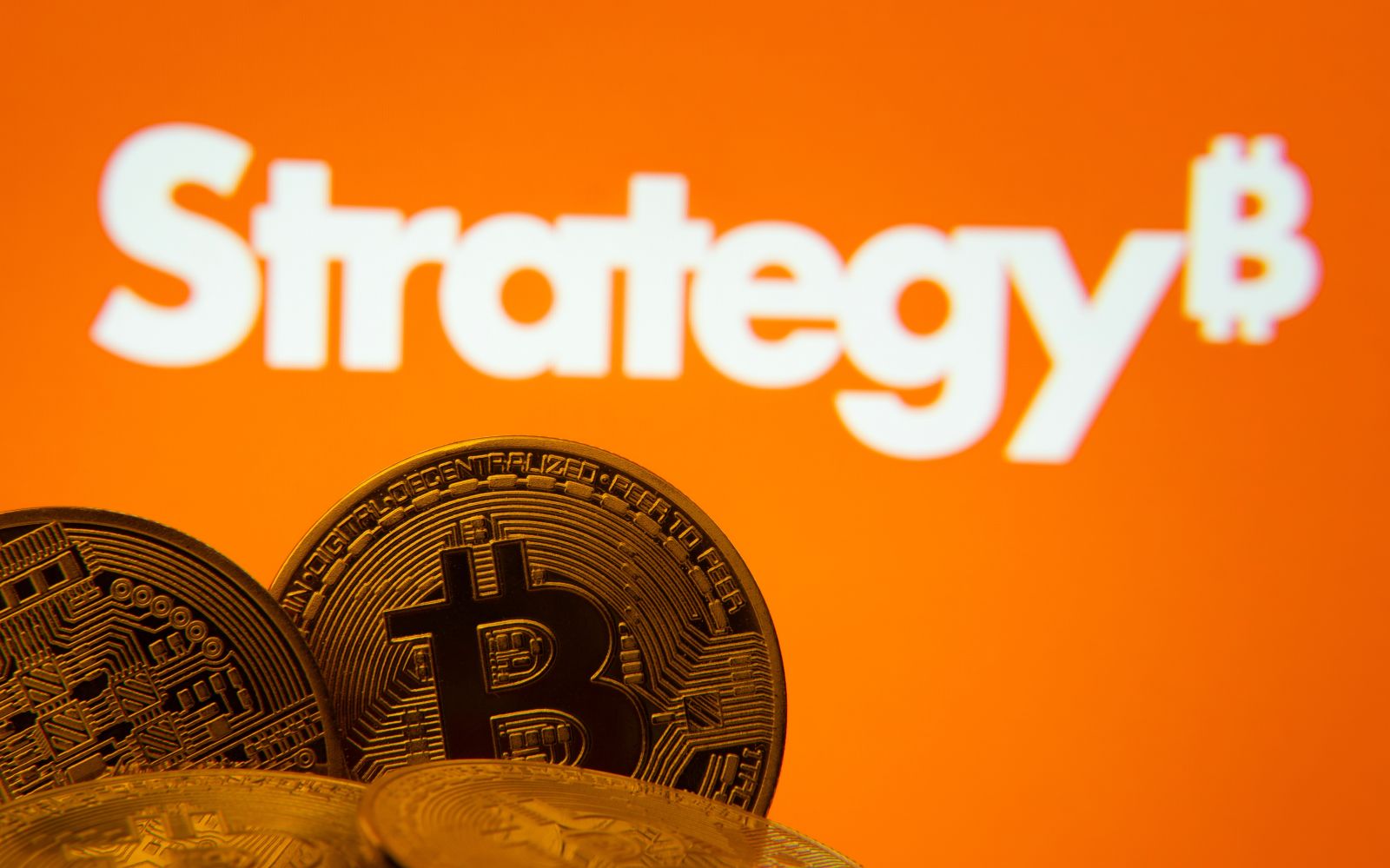/Technology%20-%20anton-maksimov-juvnsky-wrkNQmhmdvY-unsplash.jpg)
Real world asset (RWA) tokenization refers to the process of representing ownership or rights to a real-world asset using digital tokens on a blockchain or distributed ledger. It involves converting the value or ownership of a tangible asset, such as real estate, artwork, or commodities, into a digital form that can be traded or transferred more efficiently and securely.
The tokenization process typically involves several steps:
- Asset Identification: An asset is selected for tokenization, and its ownership rights and value are defined.
- Legal and Regulatory Compliance: The legal and regulatory aspects of tokenizing the asset are addressed, ensuring that the process complies with relevant laws and regulations.
- Asset Valuation: The value of the asset is determined, often through an appraisal or valuation process, to establish the basis for token issuance.
- Token Creation: Digital tokens are created on a blockchain or distributed ledger that represent ownership or rights to the real-world asset. These tokens can be designed to represent fractional ownership, allowing for the division of an asset into smaller units.
- Investor Onboarding: Investors interested in the asset can purchase or acquire the digital tokens representing fractional ownership. This enables a broader base of investors to participate in the asset's ownership, as tokenization can reduce barriers to entry, such as high minimum investment requirements.
- Trading and Liquidity: The tokens can be traded on digital asset exchanges or platforms, providing liquidity and allowing investors to buy, sell, or trade their ownership stakes in the asset more easily.
Benefits of real world asset tokenization include increased liquidity, fractional ownership, enhanced transparency, improved accessibility, and potentially reduced transaction costs. It opens up opportunities for a wider range of investors to participate in traditionally illiquid or high-value assets, and it can streamline processes such as property transfers or asset management.
RWAs tokenization is a huge opportunity because the size of global real estate, gold, art, music markets, etc. For years, these physical asset markets were characterized by high barriers to entry and inefficient trading systems. But now, permissionless, decentralized blockchain systems could make these assets more accessible to retail investors.
Real Estate is considered one of the most promising forms of RWA tokenization. By tokenizing real estate assets, investors can invest in a fraction of real estate and enter the asset class with much smaller capital than they usually would. By leveraging tokenization and decentralized finance, RWA models could revolutionize other traditional markets such as art, music, and commodities.
According to Citi (C), the global market for tokenizing physical, real-world assets could reach $4-$5 trillion by 2030. The tokenized asset types offer investors diversification and substantial yields separated from the volatility of crypto prices.
More Crypto News from Barchart
- How You Can Own a Francis Bacon Painting for Only $100
- Fear and Greed Has Not Descended on Markets – Now is a Great Time to Prepare
- Bitcoin – Stuck In Neutral
- New Collaborations Between TradFi & DeFi Could Take Crypto Wallets to Another Level
On the date of publication, Andy Mukolo did not have (either directly or indirectly) positions in any of the securities mentioned in this article. All information and data in this article is solely for informational purposes. For more information please view the Barchart Disclosure Policy here.






/Technology%20abstract%20by%20TU%20IS%20via%20iStock.jpg)